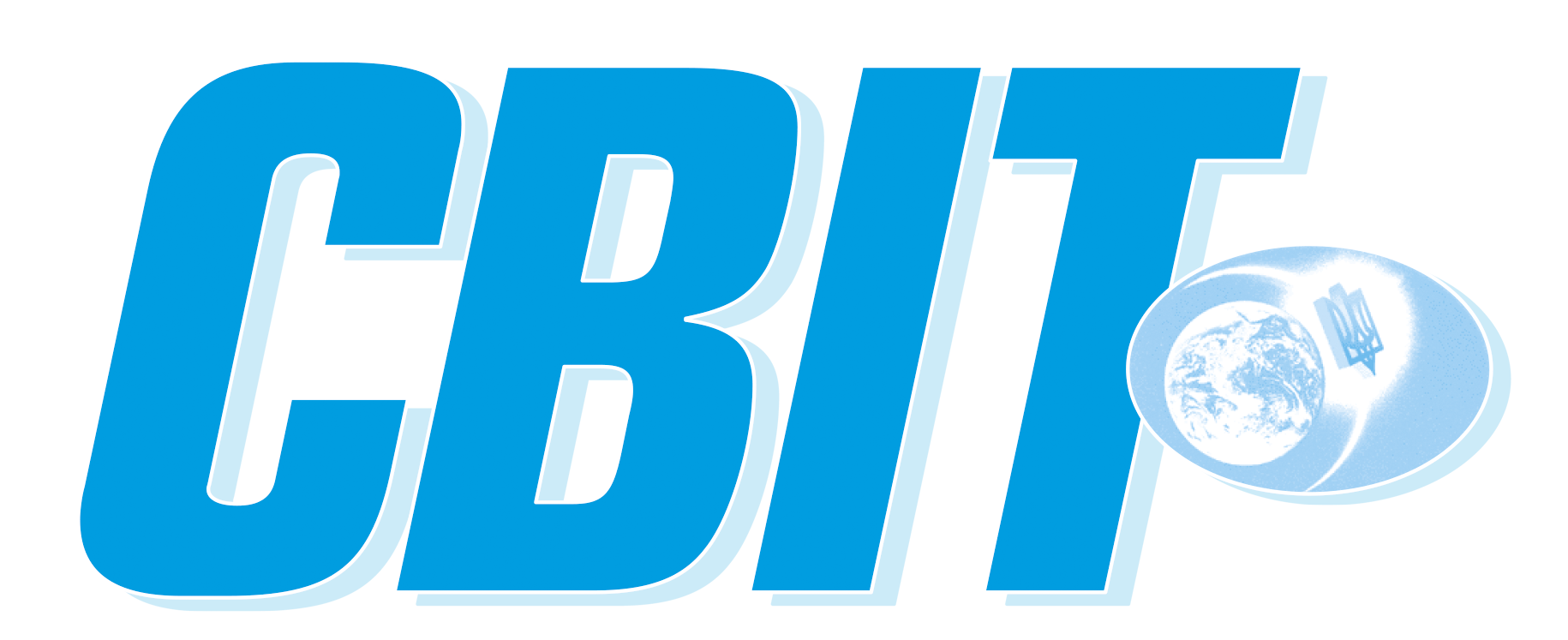More than fifty commanders completed the three-month Captain’s Course and returned to their units. For the first time, graduates of the course received a state-issued L-1C certificate.
A total of 706 officers have completed the Captain’s Course since November 2022. Most of them are company, platoon and battalion staff officers of the Territorial Defence Forces of the Armed Forces of Ukraine, 38 are representatives of the National Guard of Ukraine, ten are from the Defence Intelligence of Ukraine, and eight are from the Air Assault Forces of the Armed Forces of Ukraine. This is stated on the website of the Come Back Alive Foundation.
The Foundation contributed to the establishment of the training course in the Territorial Defence Forces of the Armed Forces of Ukraine in the first year of the full-scale war. This year, the training became a professional military education course “L-1C Tactical Level Command Course “Captains’ Training” within the structure of the Military Institute of Taras Shevchenko National University of Kyiv.
The course duration has been extended by four weeks to three months. The time for studying comprehensive combat support, including intelligence and engineering training, logistics, communications, and medicine, has been increased. The duration of studying specialised software for the use of Kropyva artillery and the Delta situational awareness system has also been extended.
The Come Back Alive Foundation raises funds from philanthropists and creates conditions for the training and accommodation of the Captains’ School students.
“High-quality, modern, fast and effective military education is possible in Ukraine. The precedent of the Captains’ School has proven this. Now we have to work to scale this experience to the entire military education system. We also want as many branches, types, services, and departments of the Defence Forces to join the School as possible. The battlefield changes every six months, and the School’s team quickly adapts to these changes – the course evolves and provides students with the most up-to-date knowledge. We believe that the skills acquired here will help officers effectively perform combat missions, return from the war alive and retain their personnel,” commented Taras Chmut, director of the Come Back Alive initiative.
The Captain’s Course is one of the first courses of professional military education to switch to the WGS-84 global geodetic system and the first course to add the study and planning of the use of unmanned ground systems and unmanned aerial vehicles, including FPV, to the curriculum.
The course curriculum was developed based on the standards of NATO armies and the experience of the Russian-Ukrainian war. In particular, commanders study Troop Leading Procedures (TLP), Military Decision Making Process (MDMP), and After Action Review (AAR). There are case studies based on the defence of Kyiv, Chernihiv and the Zaporizhzhya offensive.
“We are constantly improving the programme. In particular, during this course, we changed the task to an urban battle – this is what our graduates who defended Bakhmut, Avdiyivka and other cities demanded. In addition, the course participants share their experience with each other, which helps to scale up successful practices,” said Captain Andriy Matskiv, an instructor at the Captain’s School.
The graduation ceremony was held on the territory of the St Sophia of Kyiv National Conservation Area. The event was attended, among others, by the School’s foreign partners. All of the programme’s instructors were trained in the UK and have combat experience, mostly as company commanders in the army.
During the graduation ceremony, the best students of the course were recognised, and the transitional award for the best instructor, the Commander’s Sabre, was presented to Captain Andriy Hladchenko. Andriy is a graduate of the first Captain’s School, commanded a company in the 112th Brigade of the Theater of Operations, and took part in the battles for Kyiv and Donetsk Region.
